Wild Camping in Dartmoor: A Guide to England’s Best National Park
Wild camping is one of the most amazing ways to enjoy the outdoors, and England’s Dartmoor National Park is one of our favourite locations for a fun getaway from the hectic hustle and bustle of city life!
Still, as with any outing in the outdoors, there are are few important things to know before you set out on your trip.
From knowing the terrain, to which essential rules to follow and a couple of gear recommendations, today we’ll be sharing with you our in-depth guide to help you plan and make the most out of your wild camping trip to Dartmoor National Park.
Let’s get started!
A little about Dartmoor
Located in the south of England, Dartmoor National Park is a protected area covering a surface of 954 km2 (368 sq mi) in between the cities of Exeter and Plymouth.
With extensive bogs, large fields cut by rivers, and tors (huge boulder-like hills) that are typical of the area, the park offers a unique and primeval terrain that is incredibly fun to hike across, while still remaining easily accessible to beginners and amateurs!
The area experiences the epitome British climate, with cold winters that bring the occasional snow, rainy springs and cool summers with temperatures rarely exceeding the 20-25°C.
Early to mid spring is a good time to head to Dartmoor for wild camping, as the weather is still relatively mild and the midges have not yet started swarming.
How to reach Dartmoor National Park
Getting to Dartmoor National Park is pretty easy, but how long it will take you to get there will depend mainly on where you begin your trip:
From Exeter:
Exeter is the closest to the north of the park, and is often the preferred starting point for visitors heading into Dartmoor.
The fastest option to reach the park is to take the Dartmoor Line: leaving from Exeter St Davis Station, it runs once every hour, seven days a week, and only takes around 40 minutes.
This line will drop you off in Okehampton, on the northern border of the park. From there you’ll have access to several trails that head deeper into Dartmoor, and later intersect with other paths.
From Plymouth:
Plymouth is a good starting point if you intend on visiting the southern part of Dartmoor National Park, or if you’re arriving in the UK by ferry.
The best way to reach your destination is to catch a train to Ivybridge, the closest point where most of the main trails intersect, which will give you more freedom to decide which way you wish to follow into the park.
From London:
London is a good starting point for travellers flying in from outside the UK or arriving via the Eurostar train, even though it is still quite a ways from the park.
From London you’ll have to hop on a train to Exeter, which will take you around 2h45, and then continue from there with the Dartmoor Line.
From Bristol:
Bristol is the closest airport to Exeter, so it might be a preferable option for travellers flying into the UK.
Compared to London, the train ride from Bristol will take you just under an hour, and is the ideal option if you’re planning on venturing directly into the park without booking a stay in the city.
Wild Camping in Dartmoor
Dartmoor is the only park in England to allow wild camping , so it’s no surprise that it has become a haven for nature lovers coming from both from within the UK and abroad.
Being allowed to wild camp, however, doesn’t mean you can you just go and do whatever you please; there are strict rules and essential information you should know about, both for everyone’s safety and to make the most out of your adventure in this incredible protected area!
What are you allowed to do?
Wild camping is allowed in specific sections of the park, the majority of which are concentrated in the northwestern side.
Within these areas, you can set your tent anywhere you’d like as long as you remain out of sight of the road and of any buildings, and you can remain in one location for a max of two nights before moving on to your next stop.
What are you not allowed to do?
All wild camping restrictions in Dartmoor are in place to protect the area’s natural environment and wildlife, as well as the landowners and inhabitants of the park’s villages. For this reason, it’s essential that you familiarise yourself with all the rules, and do your best to respect them.
The main rule is to camp without leaving any trace of your passage; pick up after yourself, avoid open fires and BBQ’s and do not pollute rivers and streams. Do everything you can to leave the park unspoiled and ready to receive other hikers.
If you plan on visiting Dartmoor with large groups and family-sized tents you won’t be allowed to wild camp, and you’ll have to spend the night in designated campsites.
The same goes for motorhomes and camper vans. In addition, the roads are often narrow and too small for large vans to pass, so make sure to plan ahead to avoid getting stuck out in the middle of nowhere.
Wildlife:
Dartmoor doesn’t have any dangerous wildlife, if we don’t account for ticks, midges and the occasional viper. Oh, and there is a Dartmoor Beast that is said to prowl the wilderness, but that’s just a legend, isn’t it?
Herds of sheep are common throughout the park, and mothers can be defensive of their young; pay extra attention from the beginning of March to the end of July, as that’s usually the time during which lambs are born.
This period also coincides with the breeding season for ground-nesting birds, so be careful when walking off the beaten path to avoid disturbing or trampling their nests and eggs.
Gear recommendations
To make the most out of your trip, you’ll want to bring some light, durable and high-quality camping gear that you’ll be sure will survive the entire duration of your stay.
From ultralight tents to efficient gas stoves, here are a few of our recommendations for essential gear to bring on your camping expedition to Dartmoor:
1-2 person tent:
Your tent is likely to be the heaviest item in your load-out, so the lighter the better.
Be careful though, as lightweight tents are also more prone to ripping. Since Dartmoor can be rather windy, your tent should also ideally be equipped with aluminium poles for maximised flexibility and durability.
You’ll also want to choose a tent with a neutral colour that easily blends in with the surroundings, both to minimise your visual impact on the landscape and to reduce the chances your tent might be spotted and potentially searched by other hikers while you’re not there.
To learn everything you need to know about choosing the best wild camping tent, don’t forget to take a look at our in depth-guide.
Sleeping bag:
A lightweight and comfortable sleeping bag is a must-have, and it has to be warm enough to shelter you from the coldest temperature you’re going to experience during your time in the park.
Depending on the season and the weather, you’ll have to choose between a sleeping bag with either a synthetic or down filling; while synthetic fillings are less warm and heavier, they are also cheaper and more resistant to the humidity than a down-filling.
Check out our sleeping bag guide to learn how to choose the best sleeping bag to suit your wild camping trip.
Sleeping pad:
A good sleeping pad will protect you from both the cold and the hard ground, and is essential for a comfortable night in the wild.
The most important factors to keep in mind when shopping for a new sleeping pad are the thickness and the R value; a thicker sleeping pad will provide better cushioning from the ground, while a high R value indicates a better level of insulation from the cold.
Learn more about both with our sleeping pad guide, so that you can choose the ideal option to make your nights in Dartmoor as comfortable as possible.
Gas stoves:
Gas stoves are essential to prepare meals in the wild.
The ideal gas stove needs to be light and compact, so that it doesn’t occupy too much space in your bag. You should also account for how many cartridges you’ll need to bring, so that you don’t run out of fuel in the middle of your trip.
Since you cannot travel by either plane or with the Eurostar with gas cartridges in your bag, you’ll have to purchase them in England when you arrive. For this reason, make sure you buy a stove that is compatible with screw-on cartridges, as those are the ones that are more easily available in the UK.
When hiking and camping through Dartmoor, you’ll come across several villages and small towns. These places are perfect to catch a bite to eat and have a drink, so take that into account when planning your itinerary, and when calculating how much food and water you should bring with you.
Water bottles and filters:
Hiking through Dartmoor is a physically intensive activity, and you’ll have to make sure you remain hydrated throughout your trip. With that in mind, make sure to plan your itinerary so that you regularly pass by sources of water in order to refill your supply.
While water sources in Dartmoor are generally safe to drink from, we still recommend you use a water filter to avoid catching any annoying illnesses. Always remember to refill your water supply from a moving source, such as rivers or streams, and avoid stagnant water from lakes and ponds, as it’s more likely to harbour bacteria and other parasites.
To learn everything you need to know about water bottles and travel water filters, don’t forget to head over to our guides for in-depth info on which options to choose!
Points of interest
In addition to being an incredible natural heritage and a haven for travellers looking to enjoy the outdoors, Dartmoor National park is full of charming sites that provide interesting and unique reasons to deviate from the path:
Lustleigh
Often considered one of the prettiest villages in England, Lustleigh is a must-visit if you happen to pass by.
It’s located near the eastern border of the park and is crossed by two major trails, so adding it to your itinerary should be fairly easy.
Princetown
Princetown is the largest settlement in the park, and is the perfect place to stop by if you need a rest or a bite to eat.
Its location close to the centre of Dartmoor also makes it pretty easy to reach, and its famous Prison Museum provides yet another reason to visit this charming hamlet.
Haytor
Also known as Haytor Rocks, this incredibly granite formation is one of the most spectacular sights in the park, and an absolute must-visit to add to your Dartmoor itinerary!
Its location is a little out of the way from the main trails, near the eastern border by the village of Islington. Whatever you do, you cannot go to Dartmoor without visiting Haytor Rocks, and since the ancient village itself is a charming place worth visiting you really have no excuse.
Lydford Gorge
This spectacular gorge is the deepest in Southwest England, and its 30m waterfall is a sight to behold.
As the village of Lydford is nearby and intersected by several trails, the gorge is easy enough to reach and an incredible sight.
High Willhays
Located about 5 km or 3 miles away from Okehampton, near the the northwester side of Dartmoor, High Willhays (known also as High Willes) is the highest point in the park, and the whole of Southern England.
This incredible viewpoint lies at the end of a mildly difficult route, but it’s absolutely worth checking out for the spectacular view of Dartmoor you’ll get from the top!
And there you have it, everything you need to know about planning your wild camping trip through the incredible Dartmoor National Park.
From ancient rock formations and wild moors to the mysterious legends that have been captivating the imagination of visitors for centuries, this land forgotten by time is the perfect place for a wild camping excursion.
So, are you ready for Dartmoor?
Did you enjoy this article?
Feel free to save or pin this image so that you can always look back on this blog post!


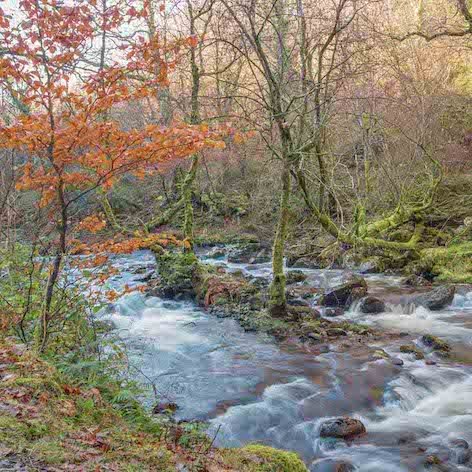
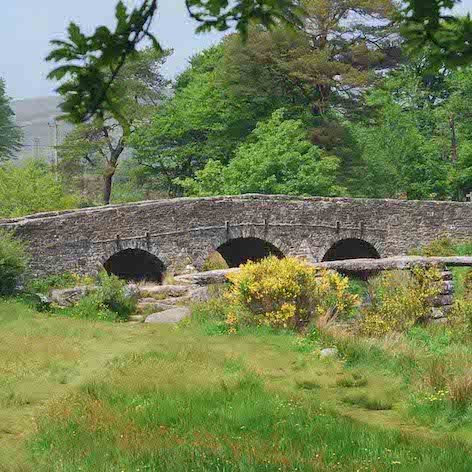
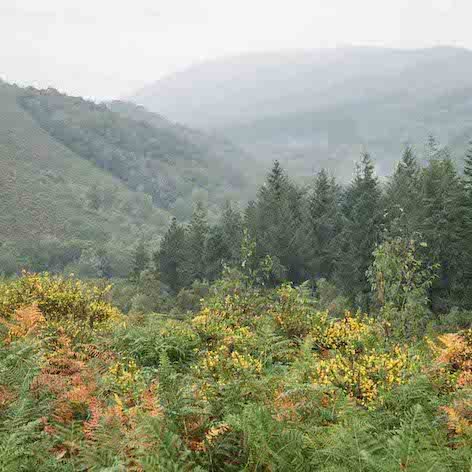
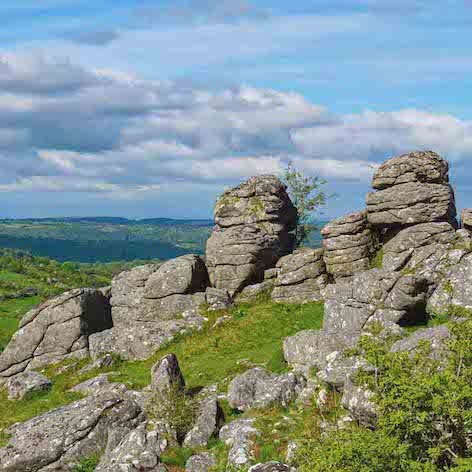

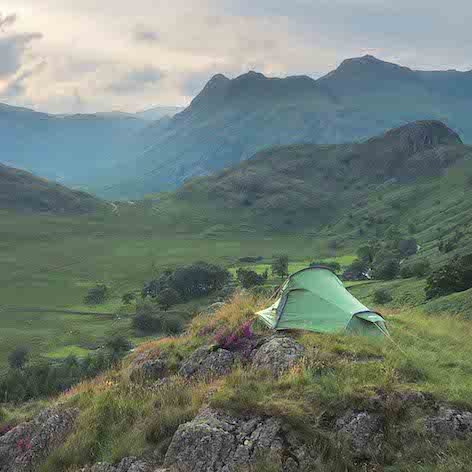
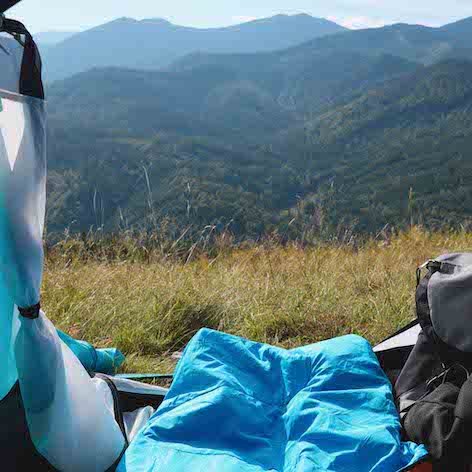
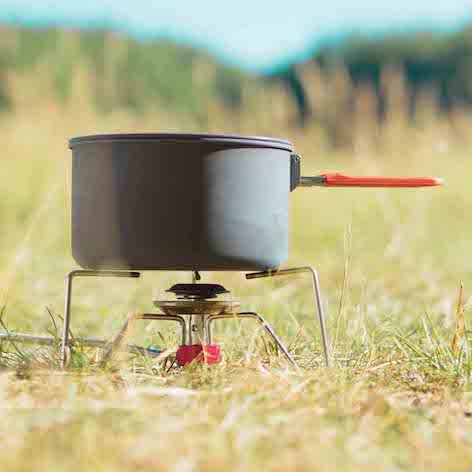






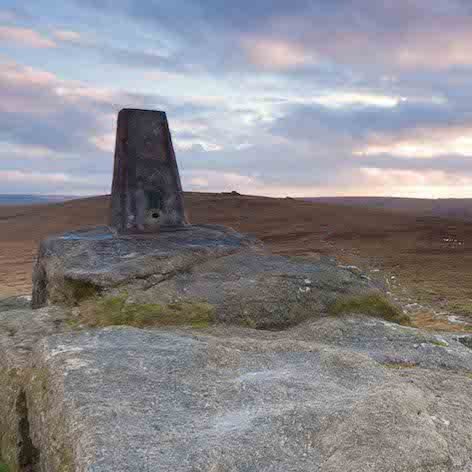






Whether you’re on the road, travelling or just working around the house, having a reliable EDC knife is always a solid idea. If you’re anything like us, you might already have a few knives sitting around, but it’s always exciting to go and check out what other amazing designs are left to try out on the market!